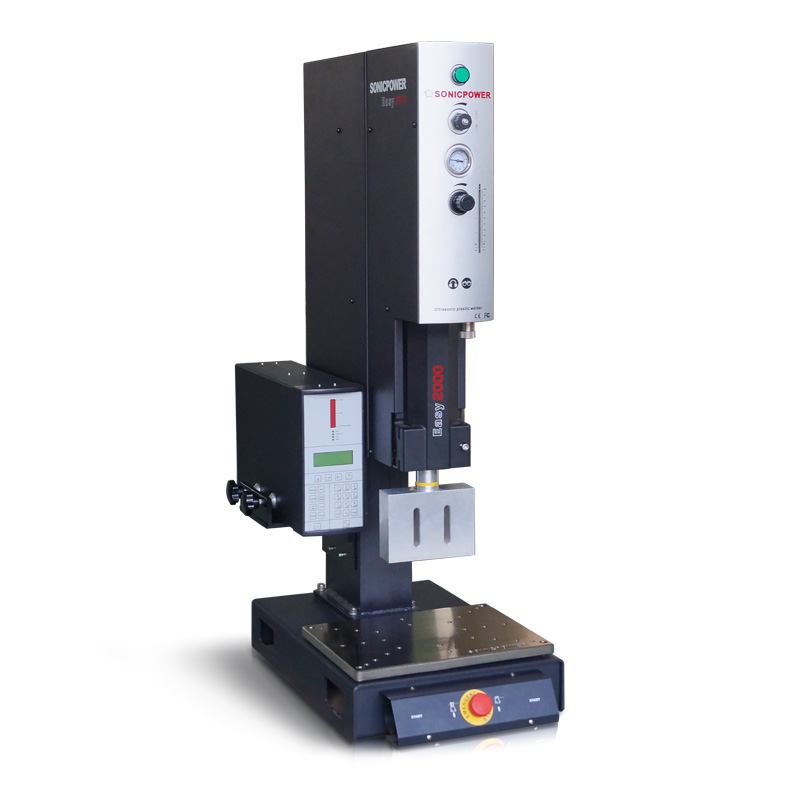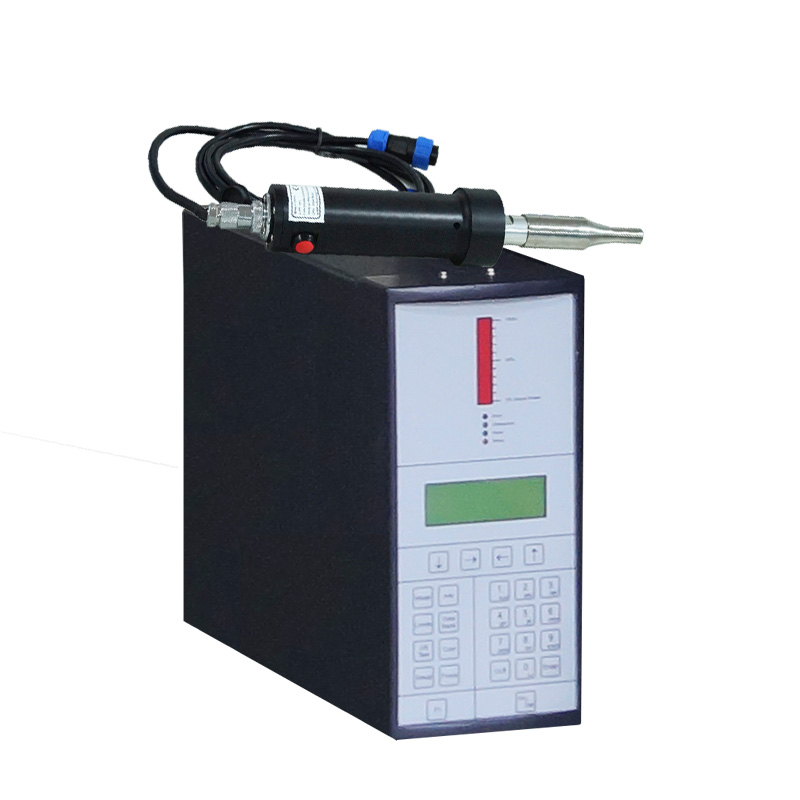-
Contact Us
- Phone:+86 756 8874271
- Fax:+86 756 8679535
- Email:2850298518@qq.com
- Addr:NO.3 Pingxi Wu Road, Nanping Technology Park, Zhuhai City, Xiangzhou District, Guangdong Province, China
The function of ultrasonic welding frequency
There are various types of ultrasonic welding machines. There are 15kHz, 20kHz, 30kHz and 40kHz according to different welding objects. For a long time the most common is the 20kHz ultrasonic plastic welding machine. At 20kHz, the frequency is suitable for most of the welding of molten thermoplastic. This frequency also has its disadvantages, which will produce uncontrollable mechanical vibration, and need machine weight to reduce the vibration. Vibration for some precision products can lead to precision parts damage, and the improvement of ultrasonic welding frequency is inevitable.

The advantages of ultrasonic welder in 30-40kHz high frequency equipment, 30-40kHz wavelength is half of the wavelength of 20kHz, high frequency generator converter and welding head are smaller, less vibration is more safe to precision parts, reduce cycle stress, improve the control of mechanical energy, improve welding speed and reduce the pressure of welding surface. The occurrence of the deformation of the product. High frequency ultrasonic welding is limited to 6.35 millimeters, so welding products are also limited to small products. High frequency ultrasonic welder is suitable for materials with better melting characteristics, such as propylene ester, PVC, glass fiber filled thermoplastic, and so on. The correct setting of energy can effectively improve the welding efficiency. Common riveting and spot welding are in the use of high frequency ultrasonic plastic welding equipment.

15kHz can quickly weld many kinds of thermoplastic plastics, reduce the degradation of materials, and the design of the welding surface is more simple. Some high-performance engineering resin materials can be welded in 20kHz, and the ultrasonic frequency 15kHz can weld better. Under the low frequency of 15kHz, the mechanical vibration frequency of the welding head is low, the resonance length is long, and the contact area of the welding can be greater. Therefore, the advantage of 15kHz is that it can weld larger products, and can weld some soft plastics, far away from the positions of welding heads, and can also be welded.



